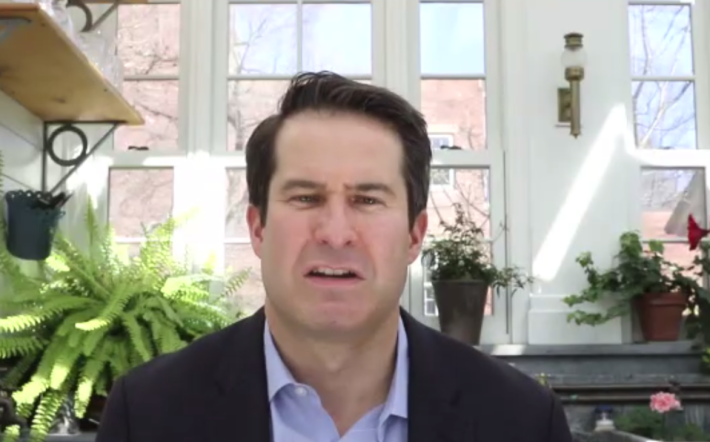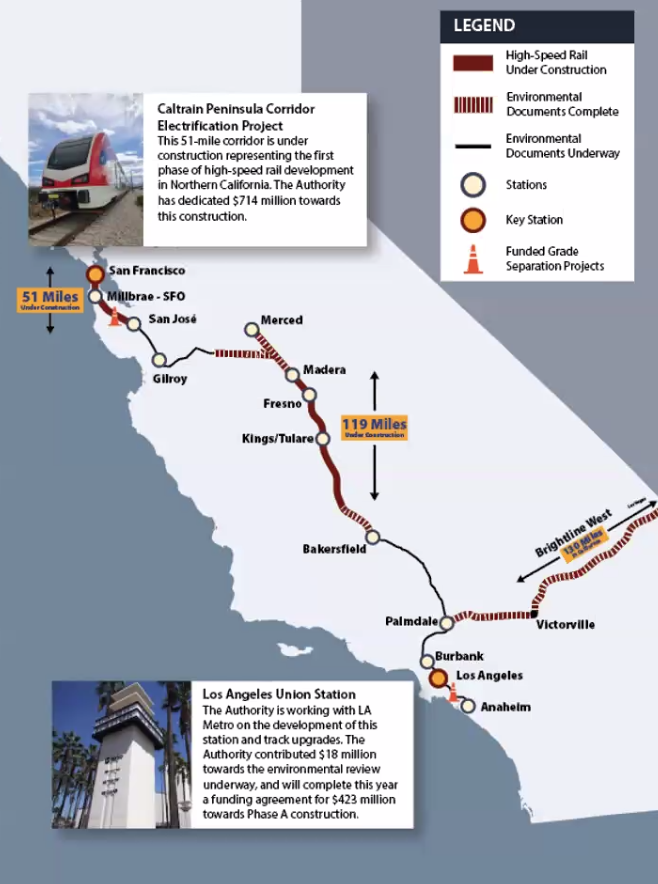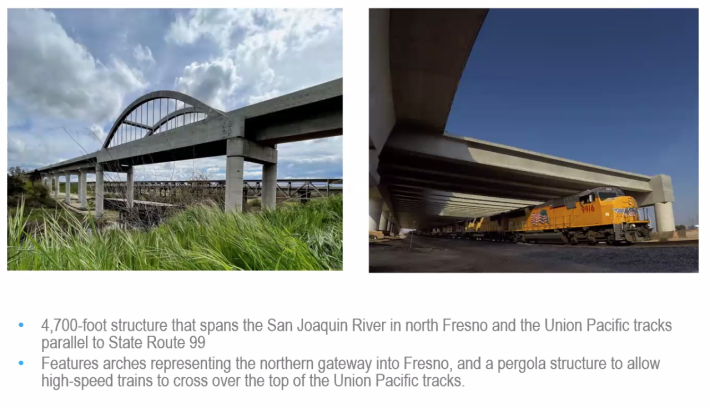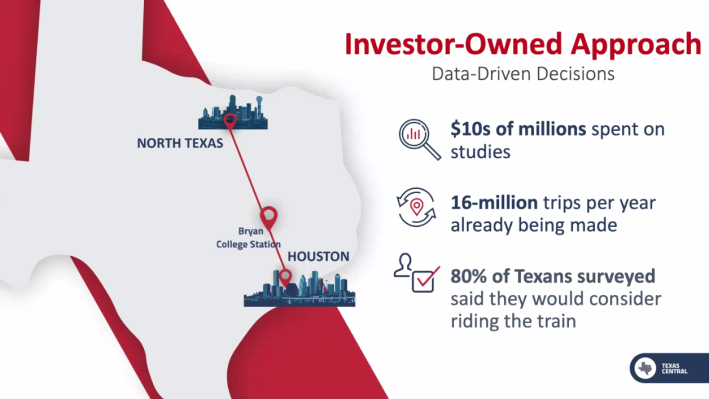Note: GJEL Accident Attorneys regularly sponsors coverage on Streetsblog San Francisco and Streetsblog California. Unless noted in the story, GJEL Accident Attorneys is not consulted for the content or editorial direction of the sponsored content.
"It’s really important we just get these projects done," stressed Congressman Seth Moulton (D-MA), at Tuesday's virtual seminar by the Rail Passenger Association and the High-Speed Rail Alliance, groups advocating nationally for better rail service. Moulton, who is sponsoring legislation that would invest over $200 billion in a national High-Speed Rail system, said when California's bullet-train project and a project to link Dallas and Houston are operational it will create a sea change in how Americans view intercity rail.
Moulton bemoaned the fact that people in Europe and Asia have choices when it comes to intercity transportation--they can fly, they can drive, or they can take a High-Speed Train. And, of course, more often than not they opt for the rail option because it's more comfortable and convenient. It's also, he said, more economical and a better funding option on certain corridors. "The cost of just adding one lane of highway between two cities can be astronomically more than HSR--and you’re still only going to go 75 mph max, when we could be going twice or three times that speed someday on a high-speed train."

He used the example of his trips to D.C. from his home outside Boston, which requires an hour and a half just to get to the airport and through security. It's "three hours door to door if my plane isn't late." A true, HSR train, which would average a speed twice as fast as Amtrak's current Acela service, would give him a reliable three-hour trip--regardless of fog or snow--with a big chunk of time to work.
However, in the U.S. dedicated federal funding streams have long existed for airports and highways, but not for passenger rail. That's part of what he hopes to change with his legislation. But to do that, he has to blow up the argument, usually made by Republicans, about the supposed high-costs of rail. Yes, it costs more to build new rail lines, but that ignores the ongoing costs. And it "...leaves out the bigger picture and looking at the alternatives. At Harvard Business School I took a semester to do an independent analysis of California's High-Speed Rail proposal. We came to two conclusions," he said. "One, that the project would cost more than what the authority at the time was saying... and the other thing we concluded is even at that higher cost it makes sense because expanding highways or airports to meet demand would cost much more."
That's why, he said, the key to getting HSR seriously funded in the U.S. is to get some projects in operation--so Americans can experience the tangible benefits first hand.
That's part of why a goal of the California project, explained Boris Lipkin, Northern California Regional Director at the California High-Speed Rail Authority, is to "initiate high-speed rail service as in California as soon as possible." And the state is moving steadily towards operating the first true HSR train in the U.S. He explained that since 2018, the project has doubled the number of workers and tripped the number of active construction sites along its 119 mile Central Valley spine.


But, he said, pictures speak louder than words when it comes to marking progress. Below are images of construction outside Fresno. Sites such as this, he explained, now dot the right of way up and down the Central Valley. The rate of construction and completed trackbed is continually accelerating.
Depending on the funding picture from the Feds, bullet trains will start zooming up and down parts of California by 2025. And the news from Washington is encouraging.
"January 20th was a big deal," said Lipkin, "When we released our new business plan the acting admin of the Federal Railway Administration, Amit Bose, shot us a very positive statement. And Secretary Buttigieg says he wants the U.S. to lead the world in HSR." (see below)

The California HSR project has gone from trying to claw back already committed funds from the Trump Administration, which offered them "radio silence," to dealing with a friendly administration and an expectation of far more federal funding.
Meanwhile, Texas is moving ahead with its bullet train plans, between Houston and Dallas, based on a different, privately funded model. "We've spent tens of millions on studies and surveys--and interest in HSR has been increasing," said Carlos F. Aguilar, president of CEO of Texas Central. The company has lined up all the companies to build, fund, provide the technology for, and operate the system, which is about half the length and is simpler than what's being planned in California. "The whole team is ready to execute the project, with $20 billion in capital investment."

"This project gives Texans what they have been demanding – the freedom of another CHOICE when moving between the state’s two largest regions. By employing a market-led approach – without the use of taxpayer grants – this project will serve as the model for future infrastructure projects of its kind," according to the company. Construction should start this year, with operations beginning in 2026," declares the company on its website.
The Texas project is based on Japanese bullet-train tech and will not interoperate with other rail lines. California's, on the other hand, will follow the European model and share tracks with commuter trains and possibly Amtrak in some places. California's project is also far more ambitious--serving many more cities and, to reach Los Angeles and San Francisco at least, it will have to deal with far more complicated terrain. It's unclear which project will start operating a train first, but California's, of course, is actually well under construction. Streetsblog has reached out to Texas Central to find out if they have a definite date to start turning shovels. The website just says 2021, dependent on final regulatory approval.
Either way, Moulton's stressed that getting some kind of true HSR operational in the U.S. is key to ending rail's status as the neglected stepchild of transportation. "For a long time the federal government has completely failed to be a partner for HSR, " said Moulton. "If a state wants to invest in highways or airports, the feds pony up. But if a state wants HSR because it’s safer, nicer, better for the environment, it doesn’t matter, the federal government offers nothing. That’s got to change."





